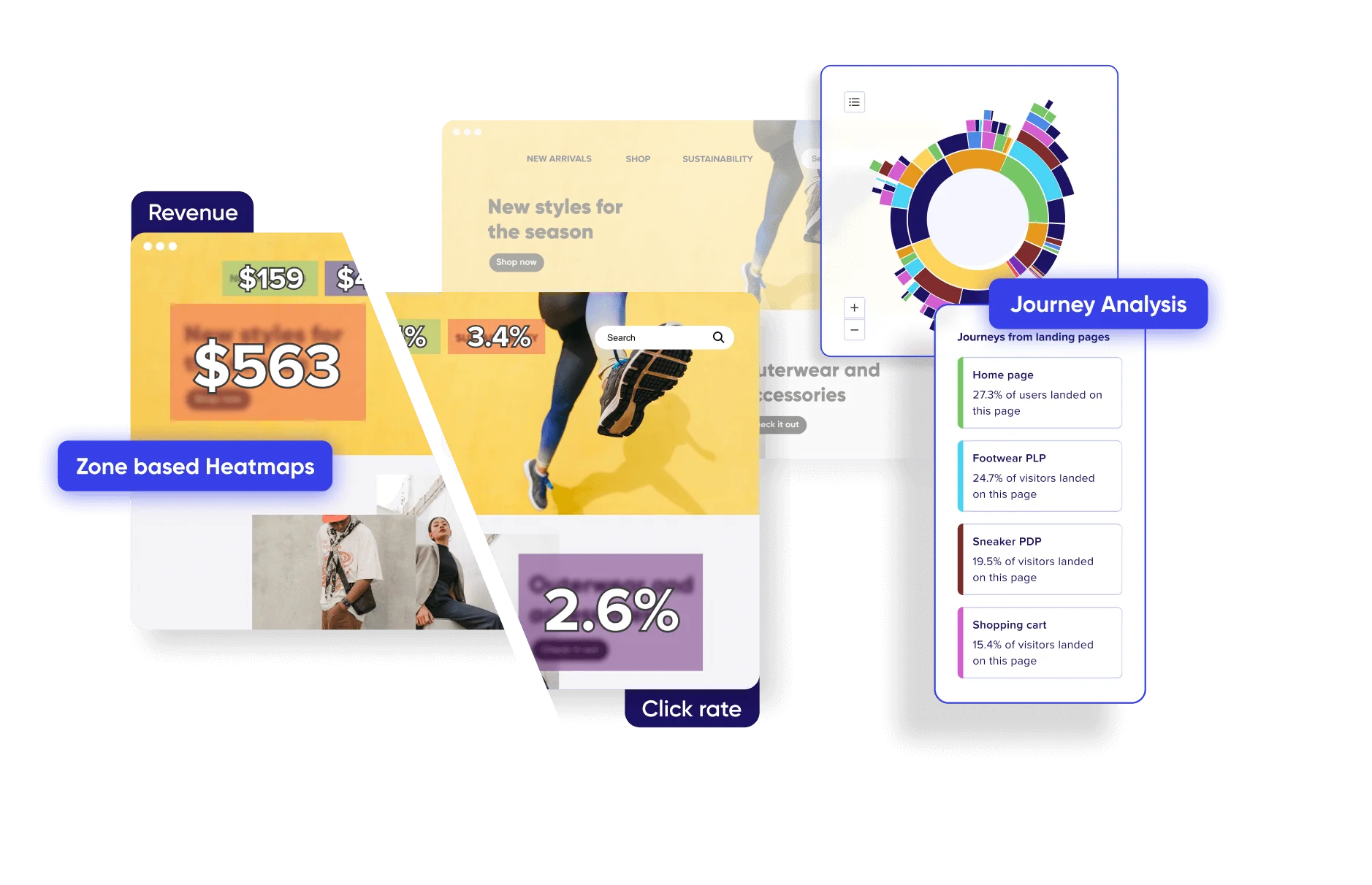
Know what drives engagement and abandonment on your sites and mobile apps.

Average Time on Page, a key metric in website analytics, signifies the mean duration a user spends on a particular webpage before navigating to another. The calculation of this metric involves dividing the cumulative duration of all sessions on a page (in seconds) by the total number of sessions on that page. Notably, this computation only includes sessions where the user has interacted with the page. As a pivotal indicator of user engagement and content quality, Average Time on Page plays a significant role.
A high average time on a page typically suggests that the content is engaging, relevant, and valuable to the user. In contrast, a low average time on page may imply that the content fails to meet the user’s needs or expectations, or that the user experience is compromised due to factors such as slow page load times or complicated navigation.
While Average Time on Page offers valuable insights, it is also crucial to consider other website analytics metrics such as bounce rate and page views in conjunction with this metric.
These additional metrics can provide a more comprehensive understanding of user behavior and content performance.
The importance of Average Time on Page lies in its ability to evaluate the quality and relevance of a webpage’s content.
A high average time indicates that users find the content engaging and relevant, spending more time reading, interacting, or navigating within the page. This metric can be used as a benchmark to measure the effectiveness of content updates or improvements.
Average Time on Page is also crucial for SEO optimization. Search engines consider user engagement metrics when determining page rankings. Pages with high user engagement, demonstrated by high average time on page, are likely to rank higher in search engine results.
This can lead to increased web traffic, more organic traffic, and ultimately, higher conversion rates. Furthermore, understanding Average Time on Page can help identify issues with website design or user experience. For instance, a low average time on page could indicate that users are having difficulty navigating the page, that the page load time is too long, or that the content is not meeting user expectations.
Know what drives engagement and abandonment on your sites and mobile apps.
Average Time on Page and Session Duration are both valuable metrics in website analytics, but they measure different aspects of user behavior and should be interpreted differently.
Average Time on Page measures the average amount of time users spend on a specific page, while Session Duration measures the total length of a user’s visit across all pages on a website. Session Duration includes the time spent on all pages during a session, including any idle time. In contrast, Average Time on Page excludes idle time and only includes the time during which a user is actively engaged with a page. Therefore, Average Time on Page can often provide a more accurate representation of user engagement.
However, both metrics are essential for understanding user behavior and evaluating the performance of a website or specific webpages.
For example, a high Session Duration but low Average Time on Page may indicate that users are spending a lot of time on the site but not engaging deeply with individual pages. This could suggest issues with site navigation or content relevance.
Know what drives engagement and abandonment on your sites and mobile apps.